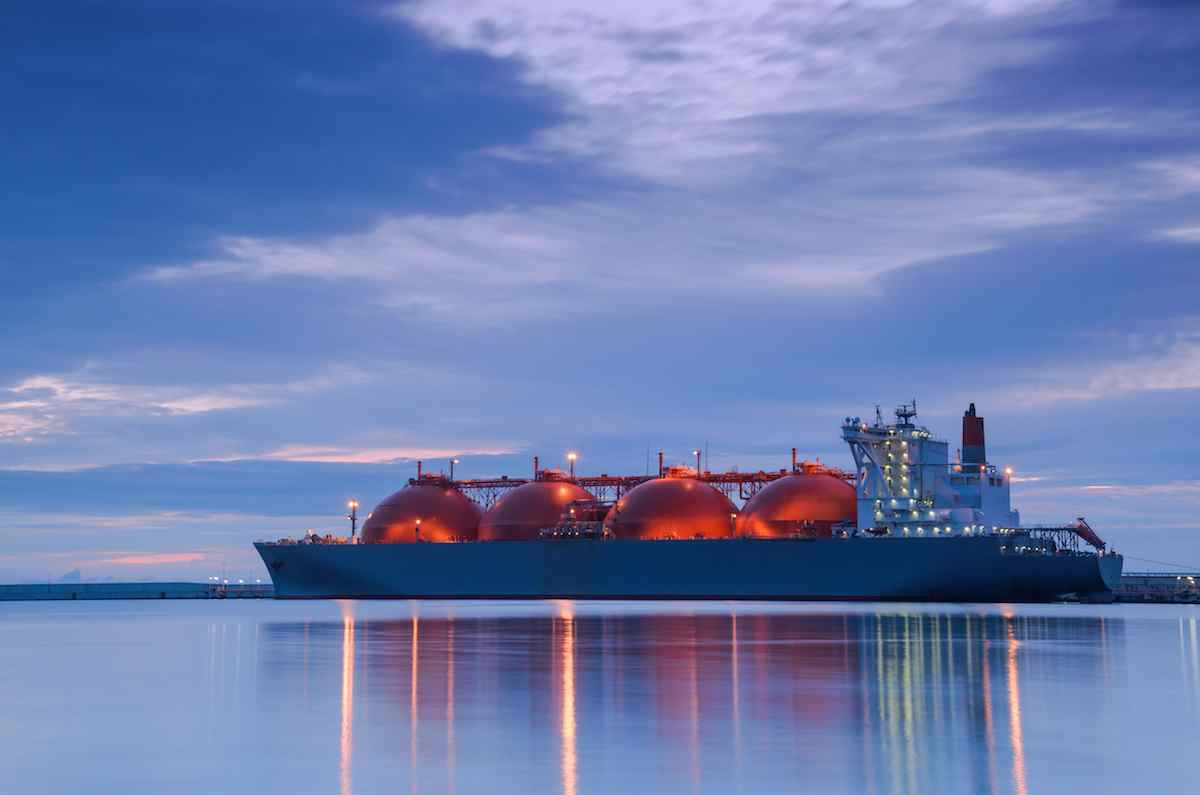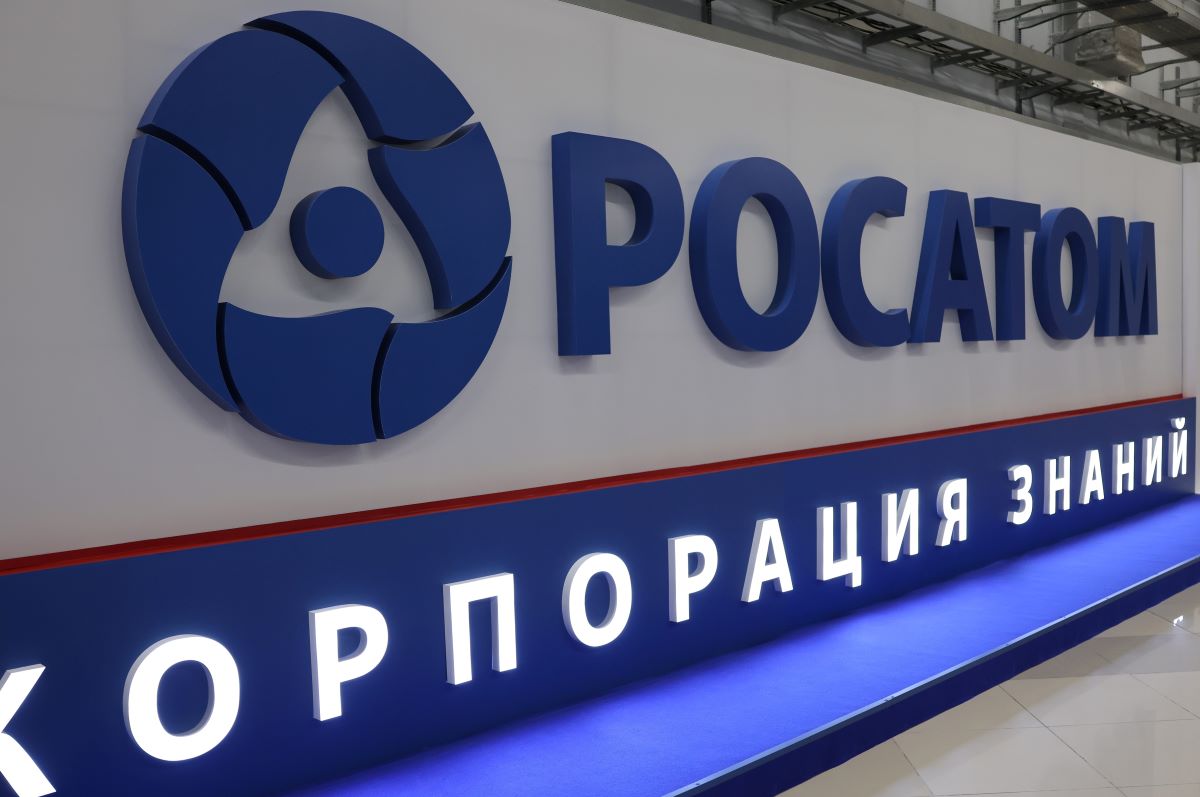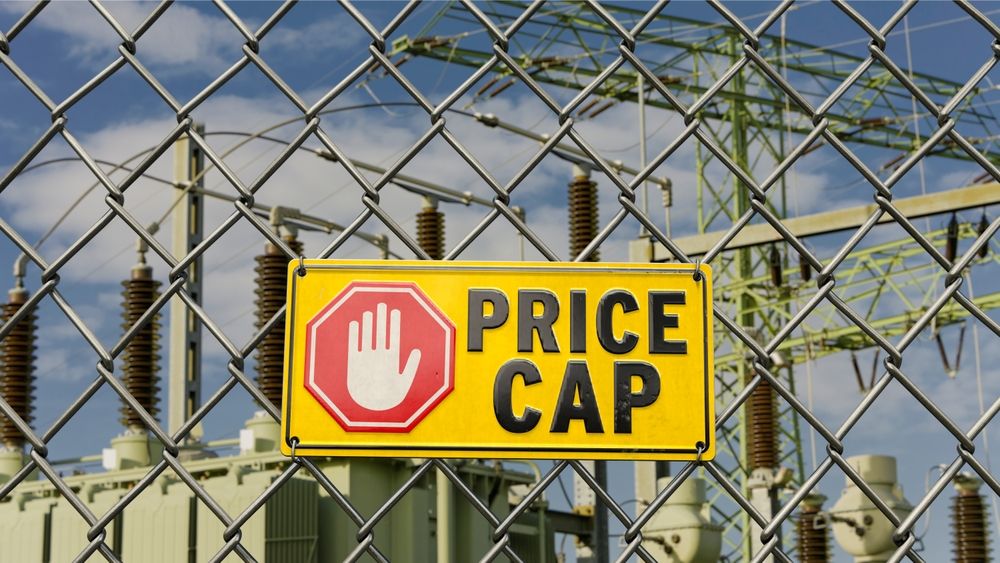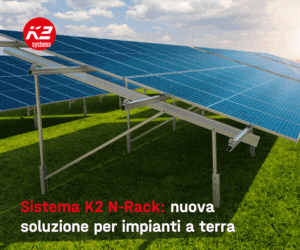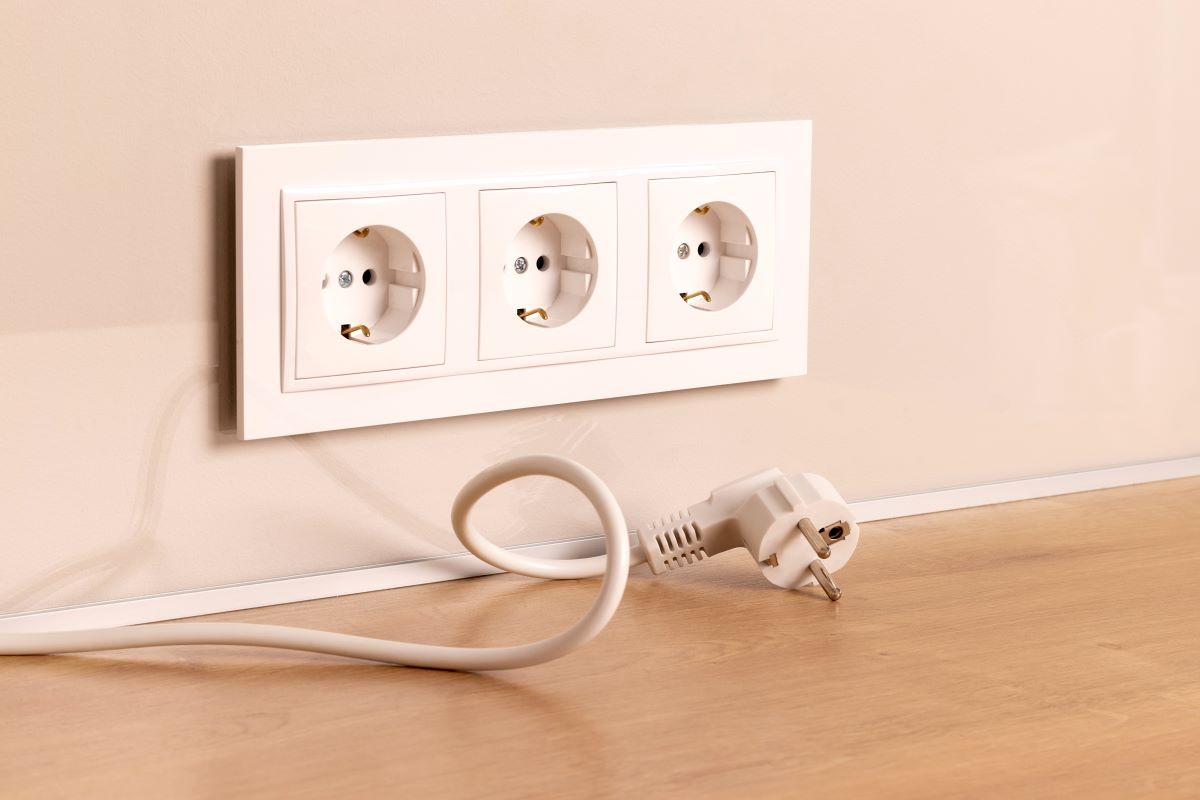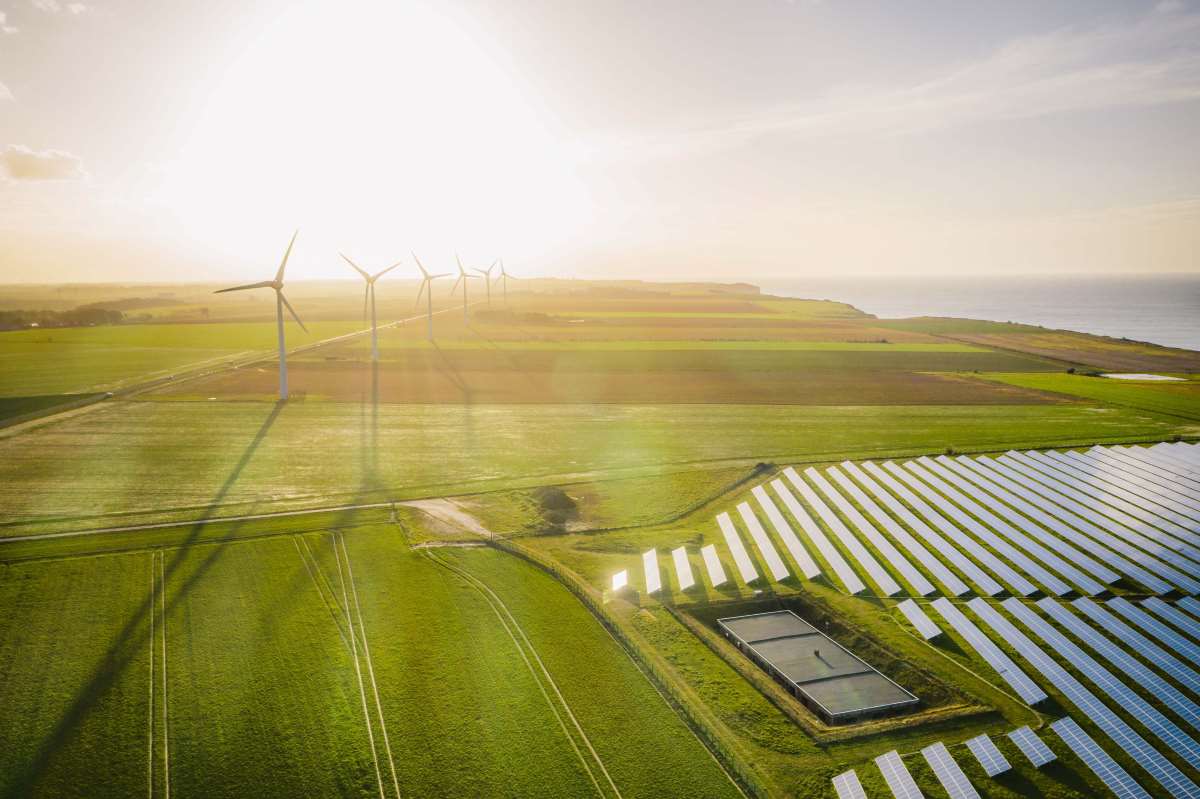The fires and heat waves that are marking Russian 2010 summer in collective imagination and in the positions of public institutions can be compared with the impact of Katrina in the United States. It would seem so according to the declaration made by president Dmitri Medvedev last July 30: “what is happening with the planet’s climate should motivate all of us and all Heads of States to take more active steps to resist global warming”. A radical shift since, just one year ago, shortly before Copenhagen, Medvedev stated that Russian emissions would grow by 30% by 2020, as his country was not going to hold back development.
Besides, the climate issue received scant attention in Russia this far, with plenty of negationists. A documentary broadcasted last year by public television got to the point of saying that the theory of climate change was a plot of international media.
According to many people, in un country with very cold winters, an increase in temperature would not be too bad. This summer, with temperatures over 40 °C, many people are changing their mind. This far the drought spoiled the wheat crops of 10 million hectares (four times Sicily): about one fifth of Russian production was destroyed, with repercussions on international markets, where prices increased by 50% at the end of June (see graph). In addition, 120,000 hectares of woods were burnt and 1,500 buildings destroyed by the flames. And fires continue to break out, although an army of 238,000 volunteers, fire-fighters and soldiers is trying to stem the disaster. The maximum temperature forecast in Moscow in the next few days swings between 37 and 39 degrees.
At the same time, Pakistan was hit by the worst monsoon floods since 1929, which caused 1,100 victims and, at world level, the first six months of the year came out as the warmest ever since temperatures have been taken.
Nature is reminding “hesitating governments” that there is no time to waste. The first preparatory meetings are being held in Bonn these days to discuss over Cop 16 in Cancun. There is little hope, because of the internal problems of the US. Still, the request of the three strongest countries in the EU – Germany, Great Britain and France – to raise the 2020 European climate-altering emission reduction target from 20 to 30%, is undoubtedly an important sign.
Needless to say, Italy is the first of countries that do not want to raise this target, although the 20% cut has become much easier to achieve, due to the economic crisis. Not only: the drop in energy consumption is upsetting the emissions trading scheme for energy-consuming factories.
The cost of carbon dioxide has fallen to 14 €/t making reduction investments unprofitable. Many factories find themselves with emissions below their maximum limit and do good business selling their carbon shares. The only solution is to raise targets, as many European industrial groups (in Italy, Barilla alone) recently asked of governments.
Gianni Silvestrini (scientific director of QualEnergia)








